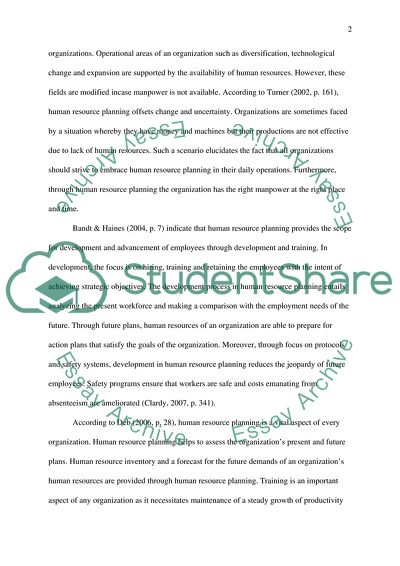Cite this document
(Critical Evaluation for Adoption of Human Resource Planning in Coursework, n.d.)
Critical Evaluation for Adoption of Human Resource Planning in Coursework. https://studentshare.org/human-resources/1780272-critically-evaluate-the-arguments-for-and-against-organisations-adopting-human-resource-planning
Critical Evaluation for Adoption of Human Resource Planning in Coursework. https://studentshare.org/human-resources/1780272-critically-evaluate-the-arguments-for-and-against-organisations-adopting-human-resource-planning
(Critical Evaluation for Adoption of Human Resource Planning in Coursework)
Critical Evaluation for Adoption of Human Resource Planning in Coursework. https://studentshare.org/human-resources/1780272-critically-evaluate-the-arguments-for-and-against-organisations-adopting-human-resource-planning.
Critical Evaluation for Adoption of Human Resource Planning in Coursework. https://studentshare.org/human-resources/1780272-critically-evaluate-the-arguments-for-and-against-organisations-adopting-human-resource-planning.
“Critical Evaluation for Adoption of Human Resource Planning in Coursework”. https://studentshare.org/human-resources/1780272-critically-evaluate-the-arguments-for-and-against-organisations-adopting-human-resource-planning.


